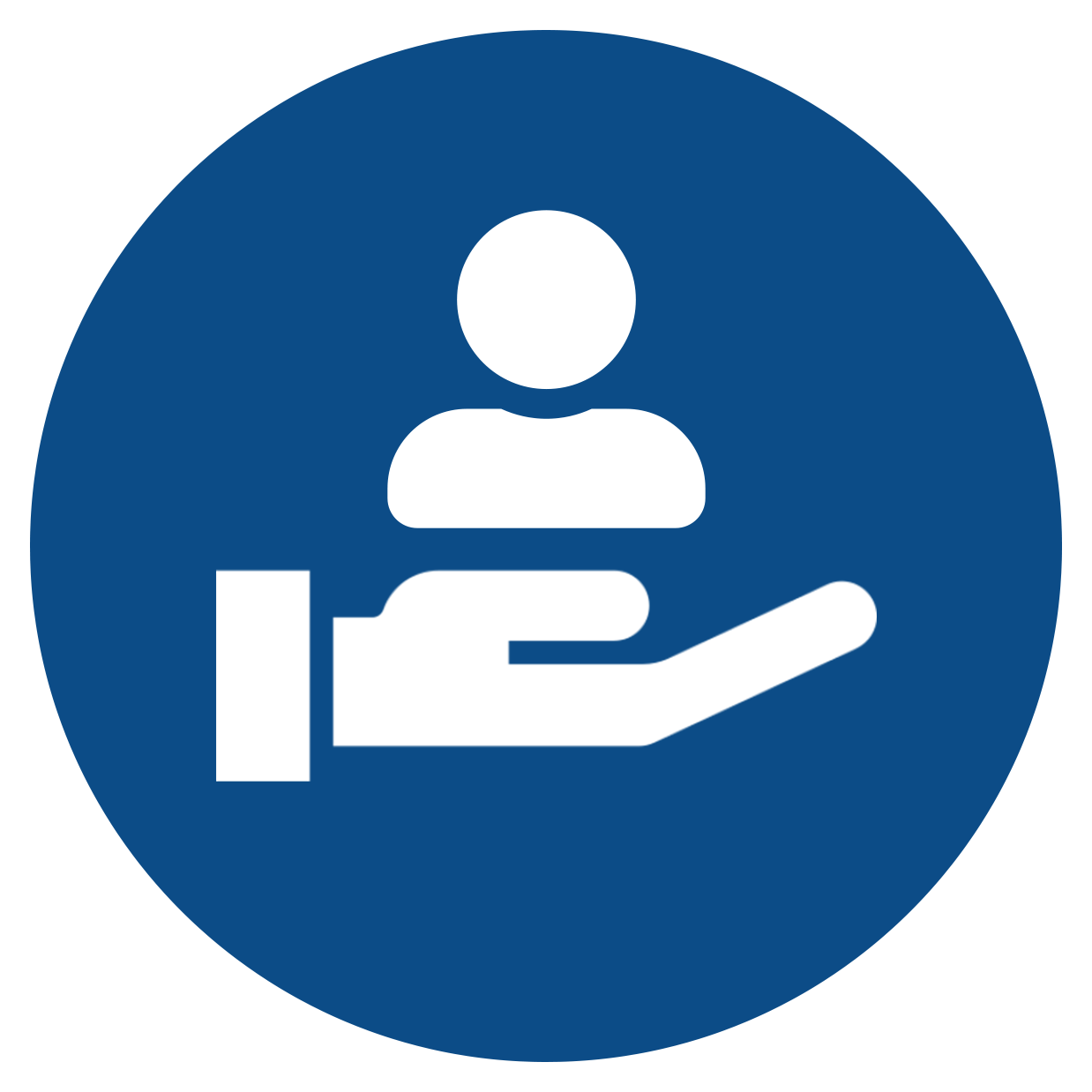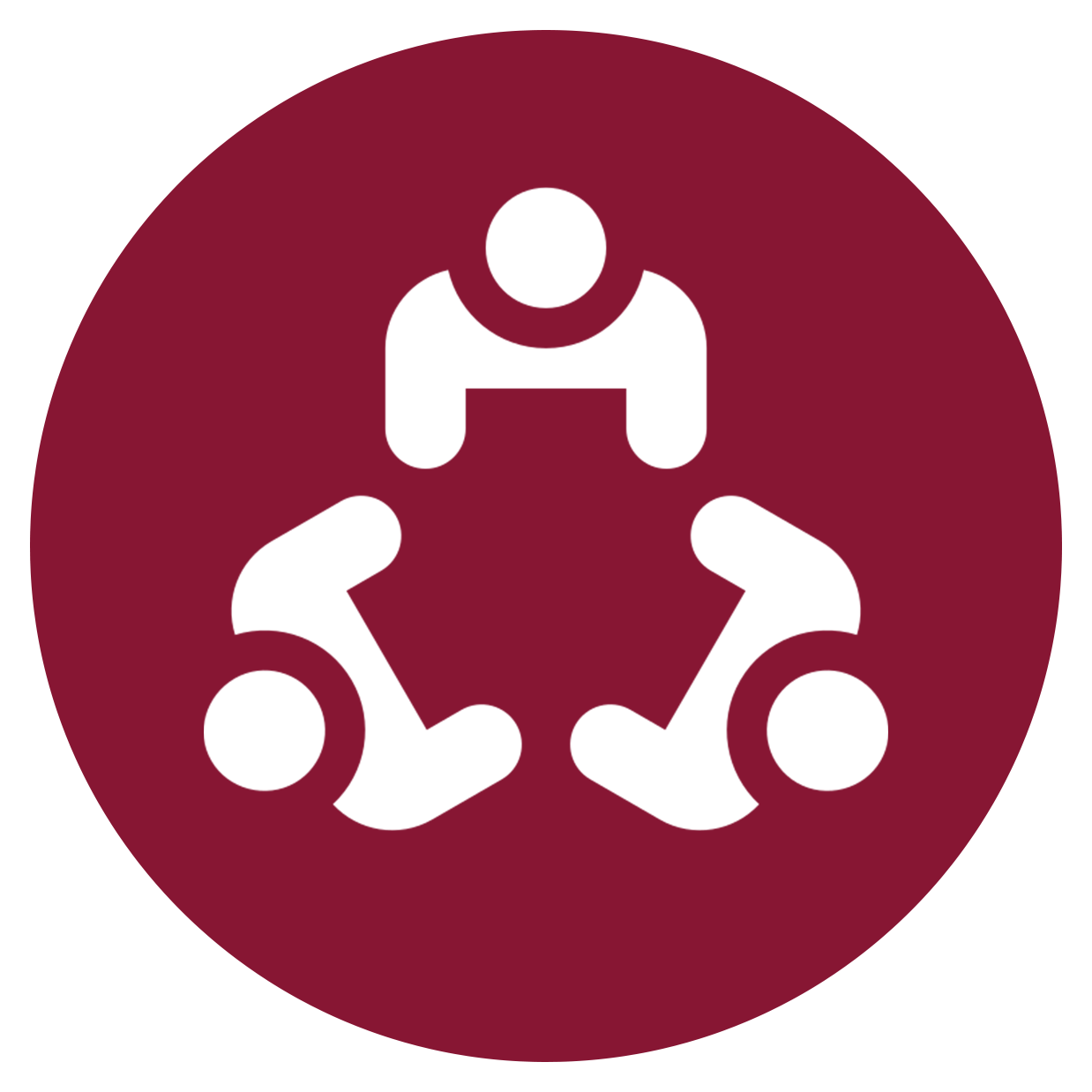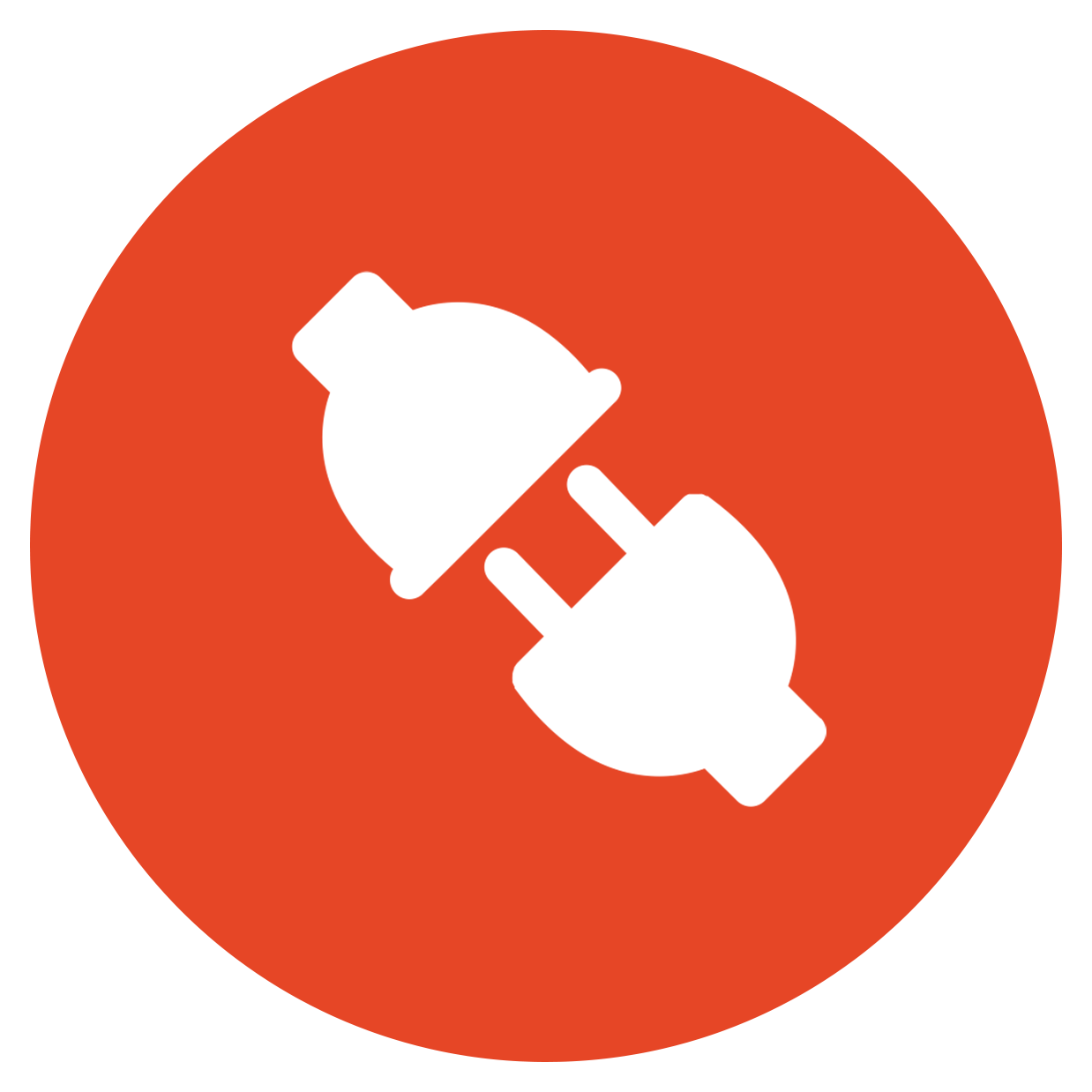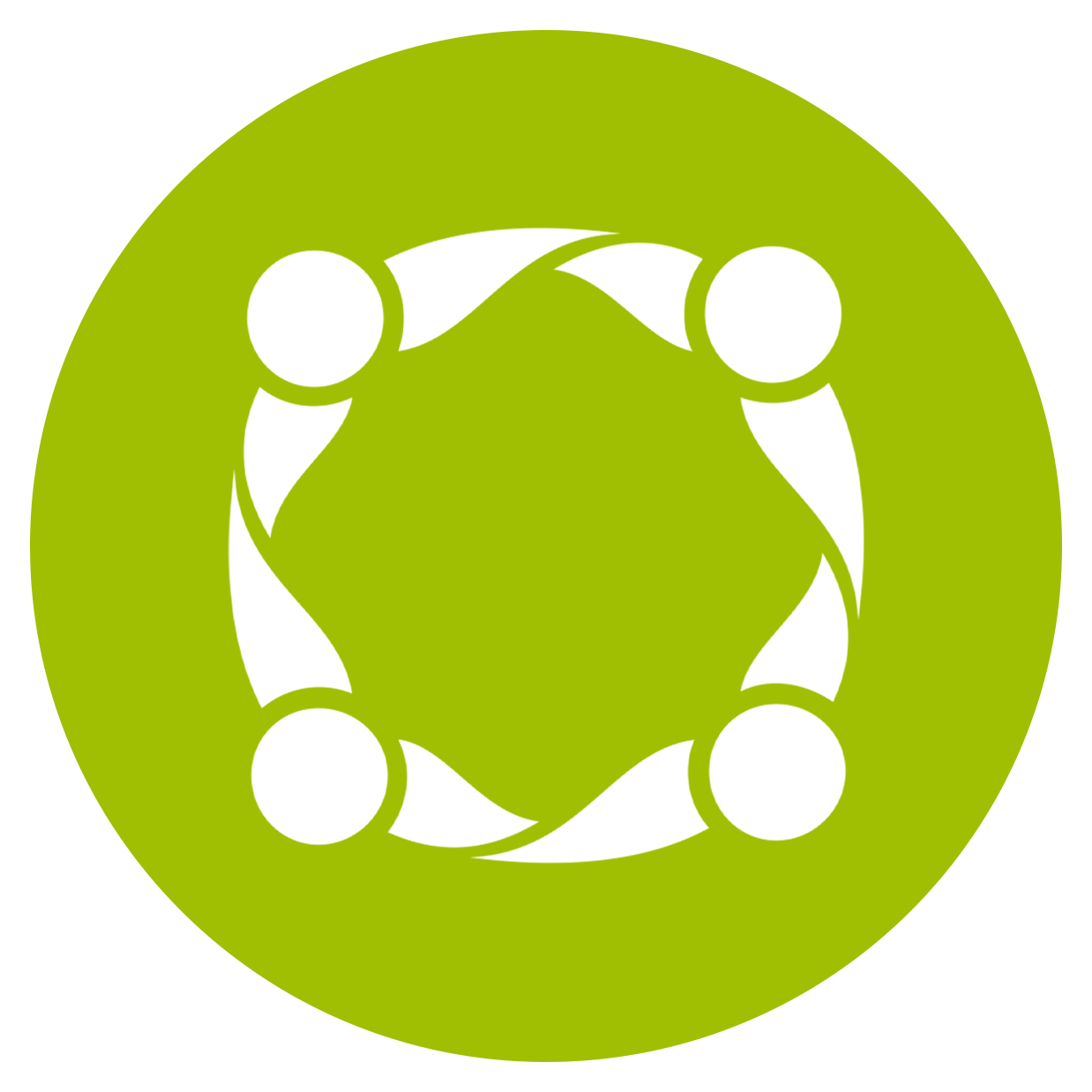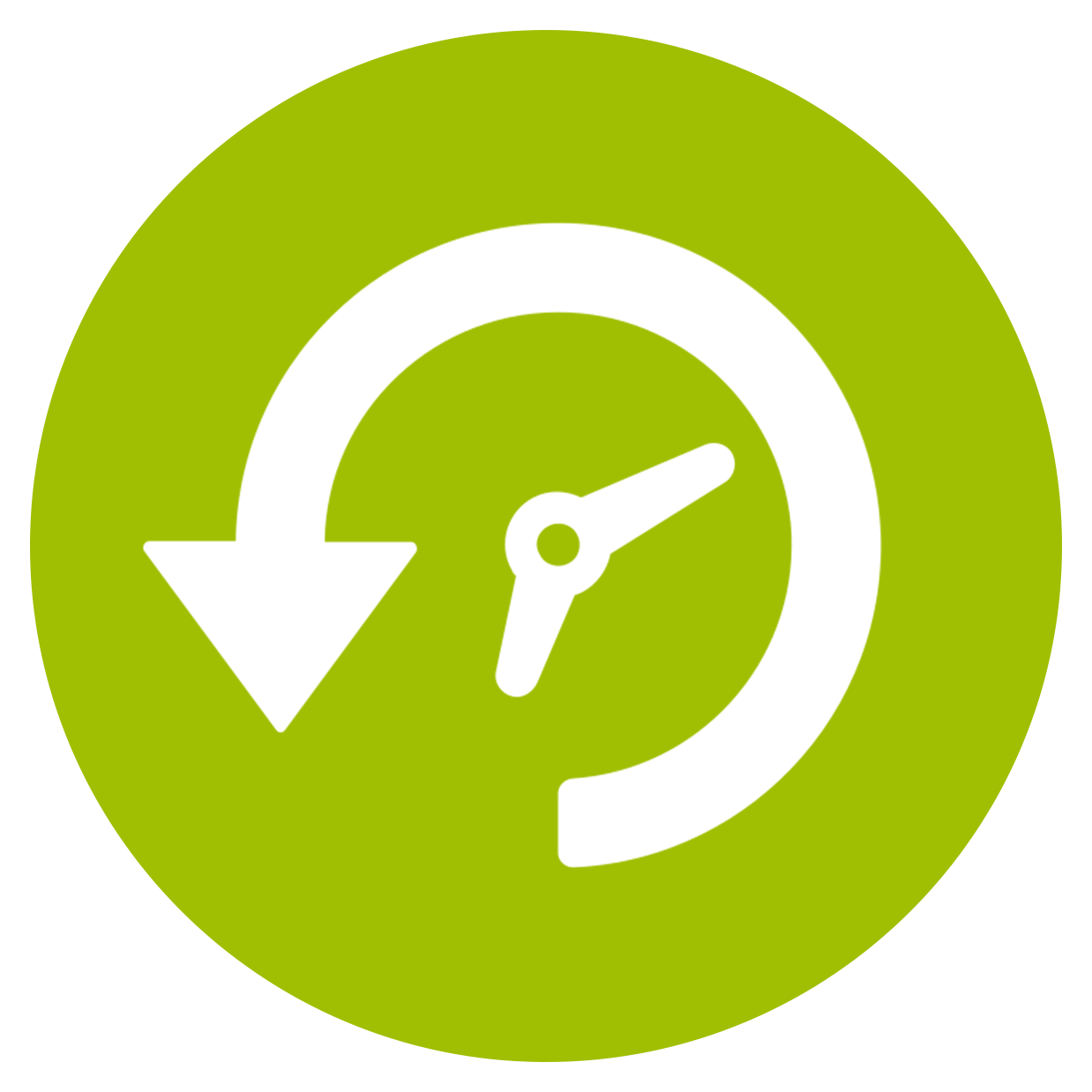The most common and costly mistake financial institutions make when embarking on a new research project is choosing the wrong method for learning what they are trying to learn about their customers, their employees and their futures. This should not be surprising considering that few, if any, banking executives and senior managers have any formal education, training or experience with designing, deploying, deciphering or leveraging the results of a properly executed research initiative. That’s why this short series of valuable lessons — designed specifically with those key leaders in mind — has been written.
With more than 20 years of research experience with banks and credit unions across the nation, hundreds of successful client projects assessing millions of unique customer experiences and industry-wide recognition for our creation of most of the CX software innovations available in the marketplace today, we believe we are uniquely qualified to provide the powerful solutions, expert guidance and client education financial institutions need most.
So let’s begin!
While there are many research methodologies available for measuring the customer experience (CX) — including questionnaires, focus groups, and customer interviews — the two most beneficial are customer surveys and mystery shopping. While they both have their merits, they are most certainly NOT interchangeable. Knowing the differences and basing your choice on that knowledge is crucial. To choose incorrectly is to waste your investment in time, money and myriad resources.
To make the right choice, you must first reach crystal clarity in your actual intention for the research project. Ask and answer the following questions:
- What exactly, has triggered your interest in conducting research?
- A pattern of repeated CX problems? Lost opportunities? A mass exodus of customers?
- What, exactly, are you trying to learn?
- How consistently and accurately your customer-facing teams deliver on your brand standards, promises and practices? The opinions, perceptions and beliefs your customers have about your products, processes, channels and people? How you compare in terms of customer satisfaction to others in your market or industry?
- How, exactly, will you USE the results of the research?
- To inform strategies for the future? To pinpoint and eliminate the causes of friction your customers experience dealing with your institution? To identify and deliver improved training and coaching interventions at the employee level? To deepen relationships with customers through elite frontline execution?
Once you have reached clarity about the intention of the research, the choice of methodology is quite simple:

Research Method One: CX Surveying
A well-constructed and properly executed CX survey is the best choice for gathering general, subjective feedback from a large population of participants. Surveys are ideal for exploring customers’ perceptions, expectations, opinions, intentions, confidence and level of loyalty. They are excellent for identifying sources of both satisfaction and dissatisfaction with your financial institution’s products, processes, channels and people. Used properly, surveys are the best tool for developing a winning strategy.
CX surveying is executed by (or on behalf of) the organization gathering customer opinions for research purposes. The customer is a respondent giving reflexive and reflective feedback.
Surveys give customers a forum for sharing their voices and expressing themselves candidly, which builds trust in your brand and helps customers feel valued. They provide an opportunity for benchmarking and tracking progress through strategically timed surveys. They also enable you to prioritize the key touchpoints that matter most to your customers. Finally, surveys measure the outcome of your customer service delivery and serve as a report card on your success at delivering on your CX promise.
But, while they serve many valuable purposes, surveys have inherent limitations as an instrument for strengthening frontline execution. We’ll dig deeper into those in our next lesson.
Research Method Two: CX Mystery Shopping
CX mystery shopping evaluates — in objective terms — the process of delivering consistent, accurate and professional customer experiences. It measures performance against an established set of desired behaviors at the employee, team, branch and organizational levels. These evaluations are the best choice for confirming delivery of brand standards in customer service, product knowledge and professionalism. They quickly and clearly identify specific areas where further training and/or coaching is needed.
CX mystery shopping is executed by a trained customer conducting research on behalf of the organization. The customer is a researcher giving intentional, objective-based input.
Properly designed and deployed CX mystery shopping ensures quality in the delivery of the customers’ experiences, provides employees with tangible personal and professional development, differentiates the organization from its competitors and dramatically boosts customer loyalty.
While CX mystery shopping is the best tool for developing and mastering tactical approaches for achieving strategic objectives, it MUST be designed and deployed properly. Sadly, the traditional mystery shopping programs historically used by banks and credit unions are rife with design flaws, execution problems and interpretive challenges that must be addressed. We’ll cover those in an upcoming lesson.
In conclusion, choosing the right method will make or break the success of your research project and determine whether you’ll see a return on your investment or realize you’ve wasted your resources.
Choose wisely.






